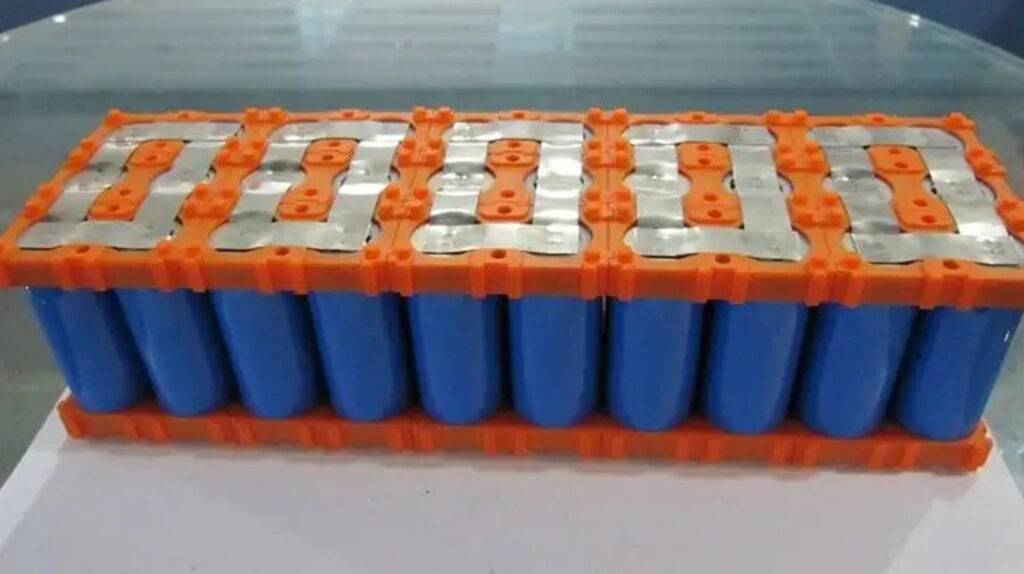The choice between connecting batteries in series or parallel depends on the specific application and the desired voltage and capacity requirements.
When batteries are connected in series, the positive terminal of one battery is connected to the negative terminal of another battery, and the remaining positive and negative terminals are used as the output. Connecting batteries in series increases the total voltage while keeping the capacity the same.

On the other hand, when batteries are connected in parallel, the positive terminals of all the batteries are connected together, and the negative terminals are also connected together. The remaining positive and negative terminals are used as the output. Connecting batteries in parallel increases the total capacity while keeping the voltage the same.
Generally speaking, series connections are more commonly used when a higher voltage is required for the application, such as in electric vehicles or solar power systems. Parallel connections are more commonly used when a higher capacity is required, such as in energy storage systems or backup power supplies.
Ultimately, the choice between series or parallel connections depends on the specific needs and requirements of the application, and it’s important to consult the manufacturer’s recommendations and relevant standards or regulations for battery installation and wiring.

